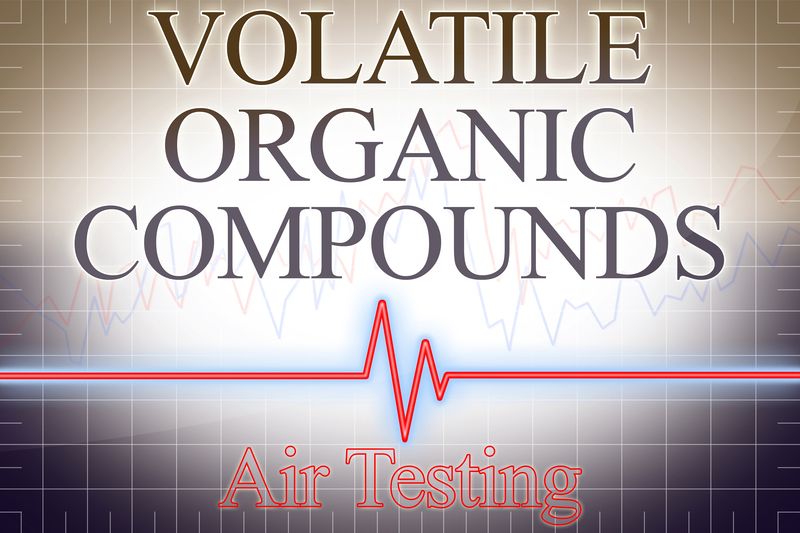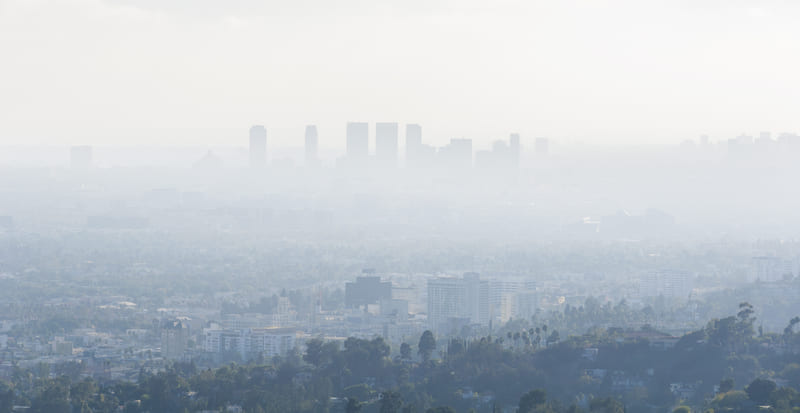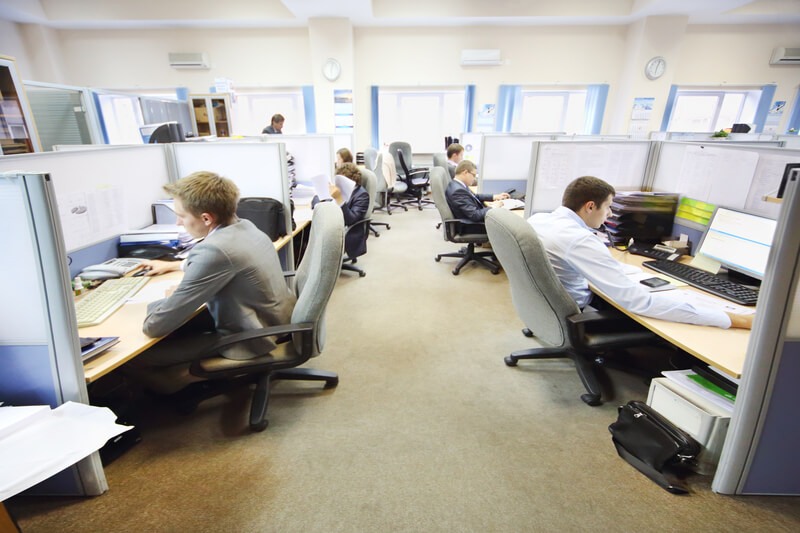Heat Waves Can Increase Pollen Count
For those who suffer from hay fever, the onset of warmer weather isn’t always a reason to rejoice. Heat waves can bring about bad news for those plagued by the allergy. Hay fever, which is caused by the release of histamine in response to pollen, is triggered by certain types of plants and trees. When temperatures rise, so too do pollen counts, leading to more severe and long-lasting symptoms.

Unfortunately, this means those who suffer from hay fever will likely need to take extra precautions during heatwaves, such as limiting outdoor activities or investing in air purifiers. All in all, it’s important to stay vigilant and monitor pollen counts during summer to ensure your hay fever doesn’t ruin your fun in the sun.
Improve the Health and Safety in Your Work Environment

Airborne Chemicals Increase During Heat Waves
Airborne chemicals, also known as VOCs or volatile organic compounds, can be found in many household products that we use every day, from cleaning detergents to toys and furniture. While they may seem harmless, these invisible gases and odors can cause short-term health problems such as headaches and skin irritation.
The real danger, however, lies in the damage they can cause to our central nervous system and other organs in the long term. What’s even more concerning is that during heatwaves, the release rate of these toxic chemicals tends to be faster, leading to higher indoor concentrations, especially if your place of business doesn’t have a proper ventilation system. It’s essential to take steps to reduce your exposure to airborne chemicals to protect your health and well-being.
More Fires
Heat waves not only make us sweat buckets, but they also increase the likelihood of wildfires. With hot and dry air comes a higher risk of sparks, which means that we’re more likely to see wildfire smoke filling the skies.

Unfortunately, that smoke is not harmless. It contains particulate matter (PM), which is a combination of solid and liquid droplets that hang around in the indoor air. And because the particles are so small, they can easily enter your lungs, triggering inflammation of your throat, allergies, and even asthma attacks. If you live in an area that is prone to wildfires, you might notice your exposure to PM is even higher during heat waves. It’s important to stay aware of the risks and take necessary precautions.

Increased Smog
As temperatures continue to rise, so does the risk of ozone pollution. This harmful pollutant, commonly known as smog, can wreak havoc on our respiratory systems by causing shortness of breath, wheezing, and coughing. It’s no secret that heatwaves, in particular, provide the perfect conditions for the formation of smog.
The combination of high temperatures and sunlight reacting with greenhouse gasses like nitrous oxide and carbon monoxide accelerates the chemical reactions that form this harmful pollutant. It’s crucial to understand the impact of heatwaves on the environment and take proactive measures to reduce our carbon footprint and protect ourselves from the dangers of smog.
Worsening Indoor Air Quality
Climate change directly impacts the quality of the air we breathe and the comfort of our living spaces. The changing climate brings with it rising carbon dioxide levels and warmer temperatures that increase outdoor airborne allergens, which can infiltrate indoor spaces. Smoke and other particle pollution generated outdoors can also infiltrate into indoor environments, contributing to levels of indoor particulate matter.

In addition, more frequent and longer outdoor heat waves can lead to higher indoor temperatures and even damage to buildings during extreme weather events. This can result in water or moisture entering indoors, leading to increased indoor dampness and humidity that ultimately foster mold, dust mites, bacteria, and other biological contaminants. Without action to mitigate the impact of climate change, we must put safeguards in place to protect our indoor environments.
EnviroMavens: Nationally Recognized Industrial Hygiene Consultants
At EnviroMavens, we take the health and safety of customers and employees seriously. As a full-service industrial hygiene, asbestos, and microbial abatement organization, we understand the importance of maintaining a clean and safe environment. Our team of industrial hygiene consultants is highly experienced and dedicated to serving any physical environment.
We’ve worked hard to earn our numerous independent and peer-reviewed certifications, demonstrating our commitment to quality and exceptional performance. You can trust us to provide the highest level of service, whether you need asbestos abatement, microbial remediation, or any other industrial hygiene solution.
NEXT: Warning Signs That Indicate The Need To Call A Mold Testing Company
 Visit the EnviroMavens booth #46 at the
Visit the EnviroMavens booth #46 at the



